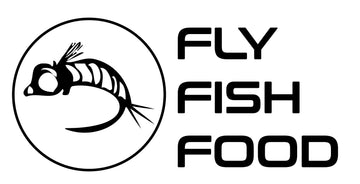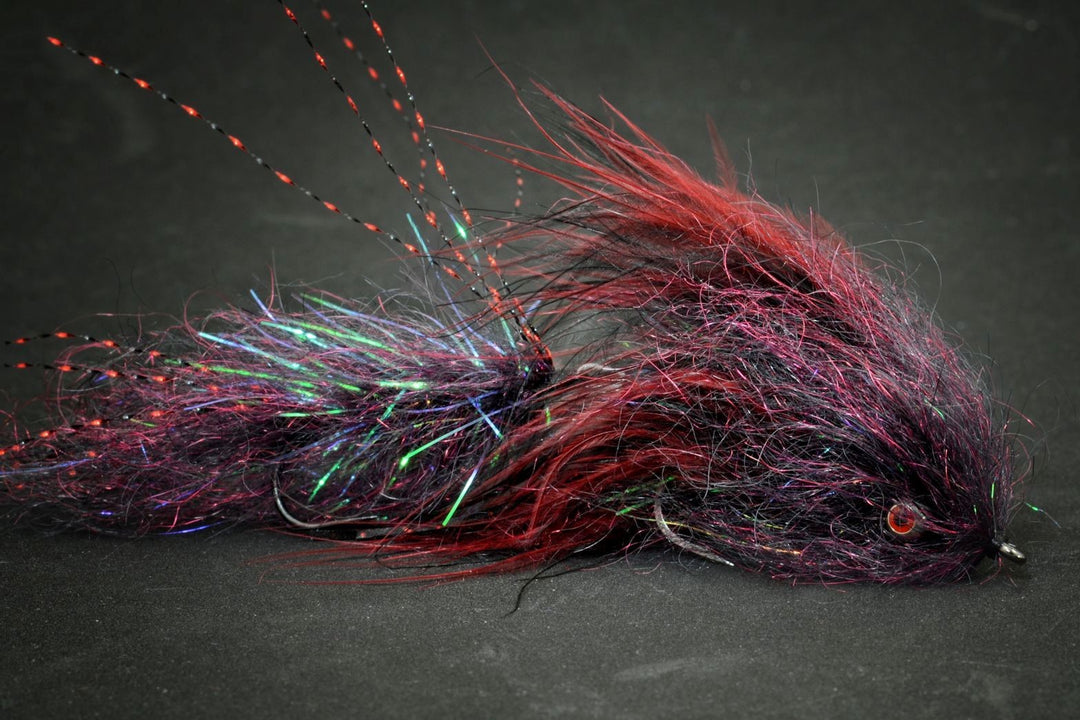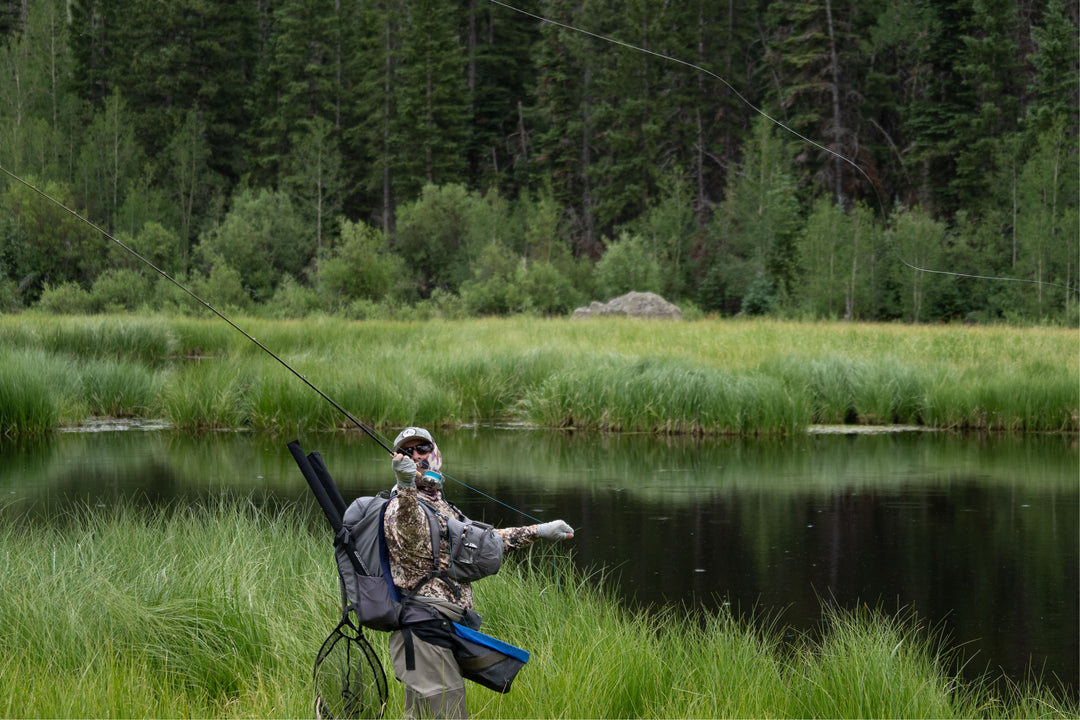Utah ·
Weber River Fly Fishing Report - August 8/23/2025
WEBER RIVER FLY FISHING REPORT
Utah — Weber River (Ogden to Echo Reservoir areas)
Report Date: August 23, 2025 | Next Update: August 30, 2025
Current River Conditions
Good late‑summer fishing. Flows are moderate and predictable in most reaches; nymphing is producing consistently with pockets of dry fly activity around caddis and PMD windows.
Flows & Clarity
Flow Rate: ~100–220 CFS (varies by reach and releases below Rockport/Echo)
Water Clarity: Mostly clear with occasional tea‑stained runs after windy afternoons
Notes: Lower flows downstream concentrate fish in seams and deeper tailouts
Flow Rate: ~100–220 CFS (varies by reach and releases below Rockport/Echo)
Water Clarity: Mostly clear with occasional tea‑stained runs after windy afternoons
Notes: Lower flows downstream concentrate fish in seams and deeper tailouts
Water Temperature
Current: 58–64°F (14–18°C)
Best fishing: Early morning & late evening as temps peak in the afternoon
Current: 58–64°F (14–18°C)
Best fishing: Early morning & late evening as temps peak in the afternoon
Weather Conditions
Forecast near term: Warm days, cool mornings; afternoon breeze typical
Wind: 5–15 mph common — pushy wind affects float drift and hopper fishing
Forecast near term: Warm days, cool mornings; afternoon breeze typical
Wind: 5–15 mph common — pushy wind affects float drift and hopper fishing
Access & Logistics
Access: Main public pullouts and trailheads open from Ogden through Echo Reservoir
Parking: Use designated lots; avoid private driveways
Float/Walk‑wade: Both productive — start early for the topwater opportunities
Access: Main public pullouts and trailheads open from Ogden through Echo Reservoir
Parking: Use designated lots; avoid private driveways
Float/Walk‑wade: Both productive — start early for the topwater opportunities
Hatch Chart & Insect Activity (Aug 23)
| Insect | Size | Activity | Prime Time |
|---|---|---|---|
| Midges | #20–24 | Consistent (throughout day) | All day — best in low, slow seams |
| PMDs (small pale mayflies) | #16–20 | Moderate | Late morning to early afternoon |
| Caddis | #14–18 | Moderate | Evening and overcast afternoons |
| Sowbugs / Stonefly Nymphs | #8–16 | Good for nymph rigs | All day along rocky seams |
| Terrestrials (hoppers/ants) | #8–12 (hopper size) | Light, opportunistic | Warm afternoons, banklines |
Recommended Flies (matched to available patterns)
Below are the high‑probability patterns for the current window. Click any pattern to view the tied fly.
- Salmonfly / Large Stonefly Imitations (when present) — Libby's Salmonfly (dry) — Libby's Salmonfly
- Caddis (dry) — Corn‑fed Caddis (CDC, tan/olive) — Corn‑fed Caddis (CDC) - Tan
- PMD / Green Drake imitators — Split Case - PMD (dry/nymph options) — Split Case - PMD
- BWO / Small Mayfly dries — Parachute - Blue Wing Olive — Parachute - Blue Wing Olive
- Midges (nymphs / emergers) — Redneck Midge — Redneck Midge
- All‑purpose nymphs — Pheasant Tail Tungsten (hawk into seams) — Pheasant Tail Tungsten
- Stonefly nymph / rubber‑leg — Tungsten Pat's Rubber Legs — Tungsten Pat's Rubber Legs
- Perdigon / Euro nymphs (slick fast rigs) — Olsen's Diabaetis Perdigon — Olsen's Diabaetis Perdigon
- Soft hackles / emergers for transitional feeding — Soft Hackle Pheasant Tail Jig (barbless) — Soft Hackle Pheasant Tail Jig
- Streamers (sculpin / baitfish) — Coffey's Articulated Sparkle Minnow - Sculpin #4 — Coffey's Sculpin Sparkle Minnow
- Alternate streamer — Sculpzilla (natural/tan) — Sculpzilla - Tan
- Thick water leech / bigger streamer — Cheech Leech - Black — Cheech Leech - Black
Quick Rigging & Tactics
| Situation | Rig / Tippet |
|---|---|
| General nymphing (riffles/seams) | 7'–9' leader, 4X–6X tippet to flies; indicator or euro rig with tungsten nymphs (PT Tungsten, Perdigon) |
| Fast water / deep runs | Euro short leader, heavy beadheads (size #8–14), 6X tippet; keep contact and micro‑jig |
| Dry/dropper during hatches | Float a PMD or caddis dry (size #14–18) over a trailing nymph (PT or Rubberleg); 5X–6X tippet |
| Streamer work | 7–8 weight rod recommended; strip‑pause retrieves, target inside seams, tailouts and undercut banks |
On‑the‑water Approach (my favorite sequence)
1) Start early with nymphs—fish the seams and deeper pockets where trout push up as the sun warms.
2) Watch for picky rises around late morning; switch to an appropriate dry (PMD, BWO, Caddis) on sighted fish.
3) Midday, work soft hackles and emergers in broken water. If fish move actively, tie on a slimmer Perdigon or midge cluster.
4) Afternoon breeze = terrestrials along banklines. Late evening caddis and PMD windows can be very productive for dries.
5) If fish go deep or are holding on structure, put on a sculpin or leech streamer and make long, targeted passes.
2) Watch for picky rises around late morning; switch to an appropriate dry (PMD, BWO, Caddis) on sighted fish.
3) Midday, work soft hackles and emergers in broken water. If fish move actively, tie on a slimmer Perdigon or midge cluster.
4) Afternoon breeze = terrestrials along banklines. Late evening caddis and PMD windows can be very productive for dries.
5) If fish go deep or are holding on structure, put on a sculpin or leech streamer and make long, targeted passes.
Regulations & Conservation Notes
Regulations
Check the Utah Division of Wildlife Resources daily for specific season, catch limits, and special rules. Some reaches have protections for native Bonneville cutthroat and require immediate release—know the species ID and follow local rules.
Fish Handling
Minimize air exposure, use rubber nets, wet hands, and revive fish facing into current before release.
Check the Utah Division of Wildlife Resources daily for specific season, catch limits, and special rules. Some reaches have protections for native Bonneville cutthroat and require immediate release—know the species ID and follow local rules.
Fish Handling
Minimize air exposure, use rubber nets, wet hands, and revive fish facing into current before release.
Local Intel & Notes
Recent angler reports indicate steady numbers across the popular stretches from Pineview down to Echo. Flows controlled by reservoir releases can change drift speed—call a local fly shop or check the USGS/UDWR flow pages if you want hour‑by‑hour certainty. If you plan to float, pick a calm day or start very early to avoid afternoon wind.




